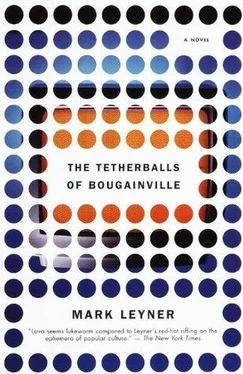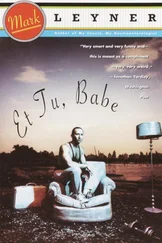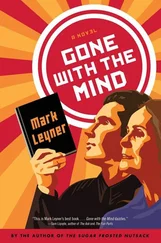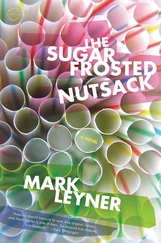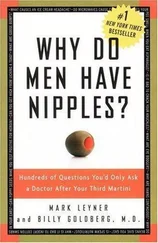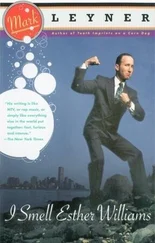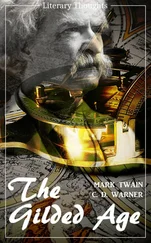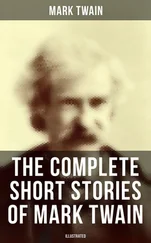“Well, why can’t any of these companies develop a drug that will kill gamma-ray-sensitive angel-dust users?” I ask.
“It’s more an issue of economics than scientific or technological capability. How many people in the United States with severe gamma ray sensitivity who habitually abuse phencyclidine do you think commit capital crimes each year?”
“Probably not that many … I don’t know … maybe 50,000 a year?”
“Try 1,500. Compare that to the 600,000 new cases of congenital generalized hypertrichosis each year. [Individuals with this disorder, thought to be transmitted on the X chromosome, have an upper body and face covered with hair and often end up in sideshows as human werewolves.] Or the 1.2 million annual cases of Lipid-Induced Inuit Hyperthermia. [Sufferers of this malady, which primarily affects the Eskimo people of Arctic Canada, maintain exceptionally high body temperatures — about 107°F or above — as a result of heavy consumption of blubber and tallow. Geologists have long been concerned that an LIH epidemic could raise ambient temperatures sufficiently to weaken and finally destroy the ice underpinnings of the West Arctic Ice Sheet. The entire sheet would then slide rapidly into the sea, causing an abrupt and catastrophic rise in global sea levels, and flooding low-lying countries like the Netherlands and Bangladesh.] But even these are considered third-tier markets. In terms of the bottom-line mindset of the pharmaceutical industry, 1,500 cases is a negligible patient base. It’s just not economically feasible for a company to expend the necessary R&D resources on a drug that’s designed to kill only 1,500 people a year. So we’d be talking about an orphan lethal drug. And who do you think awards orphan-drug status? The FDA.”
“It sounds hopeless,” I say.
“It’s not hopeless if we set a national agenda. If we as a country commit ourselves and our resources to developing a drug that can kill gamma-ray-sensitive angel-dust abusers, we can do it — and we can do it by the year 2000. But it has to be a national priority with the full support of the American people. Do you know much about North Korea?”
“Not really. I’d like to, though. In fact, I was going to take Pariah States as my 7th-period elective for next semester, but I decided to take English Punk 1975–1978 instead.”
“Well, you want to talk about setting agendas and making national commitments, these guys could teach us all a thing or two. Their leader, Kim Jong Il, is apparently always developing these little growths on his face and he’s an extremely vain guy, so the government spends about $1.8 billion constructing this fabulous thermonuclear dermatological facility the likes of which have never been seen anywhere. The device works by firing a dazzling light from 192 lasers down a labyrinth of mirrors, focusing a titanic bolt of energy — a thousand times the output of all the power stations in the United States — onto a single tiny pellet of supercold hydrogen fuel placed on Kim Jong Il’s mole, wart, or wen and creating a miniature thermonuclear blast lasting one-billionth of a second, which completely vaporizes the lesion. That’s what a country can do if it puts its mind to it.…”
Frustration with the failed execution, the inaccessibility of more-potent lethal drugs, and the vagaries of the federal bureaucracy; envy for the ruthless fecundity of totalitarian technocrats; and utter physical and emotional fatigue seem to cumulatively crest, as the doctor’s voice trails off and, with a sort of spent serenity, he gazes out the window.
The window affords a view of an emerald green lawn upon which sits a filigreed wrought-iron gazebo completely swathed in concertina wire. In 1996, singer Michael Jackson presented then-governor Christine Todd Whitman with the original gazebo used in The Sound of Music as a gift to the State of New Jersey — the only proviso being that the gazebo be used for the delectation of the state’s penal population. Rotated every two years among New Jersey’s several maximum security institutions, the gazebo — in which Liselle and Rolf serenaded each other with “I Am Sixteen Going on Seventeen”—is used both for conjugal visits and punitive solitary confinement.
During this lull, I become aware of a softly pulsing obbligato — the ch-ch-ch of innumerable inmates engaging in unlubricated sodomy, which, like the ch-ch-ch of stridulating male cicadas, can be heard on summer evenings in villages and towns miles from the prison.
Emerging from his reverie, the doctor turns back to me.
“Do you play any sports? You look like you’re in pretty good shape,” he says.
“Tetherball,” I reply, miming an overhead smash.
“Y’know, when I was your age, the jocks wore pearls … that was the big thing back then … freshwater pearls. You’d be in the locker room after football practice, and there’d be these big hairy naked guys wearing single strands of pearls, snapping towels at each other …”
“No way!” I snort, not bothering to hide my contempt for the fleeting fads of bygone generations.
“It’s funny when you look back … the things you thought were so cool, so tough … Freshwater pearls …” he trails off, returning his gaze out toward the gazebo.
Our conversation continues desultorily, the doctor intermittently blurting a question or offering some random reminiscence, and then fading off again into mute introspection, the gaps filled with the ubiquitous ch-ch-ch .
Despite the fact that, beyond a gustatory preference for brains and marrow, we have almost nothing in common, I find myself bonding somewhat with the doctor. Having long accepted the stereotype of the physician as the stolid professional who views the fates of his patients with cold, clinical detachment, I was all the more moved by this doctor’s genuine empathy. He responded with such grief, and with such a sense of personal responsibility, that it was almost as if it were his own father he’d failed to kill.
Perhaps also contributing to my feelings of affinity for the doctor is the fact that a V-shaped area from the waist to the crotch of my leather pants had become sodden with tears, causing a distinctive odor to waft upward. And whereas the pungent aroma of sweaty leather makes me feel omniscient, the bittersweet fragrance of tear-soaked leather engenders in me a sense of interconnectedness with all sentient beings.
“Has lethal medicine always been your specialty?” I ask, infused with agape .
“I was a third-year medical student when I made up my mind,” he replies. “I was assigned to the pediatric-execution wing of a large state prison up in Connecticut — it was the first of my clinical rotations in what was then called Malevolent Medicine. From that point on, I was hooked. For me, the field of pediatric executions has always been the most gratifying. There’s absolutely nothing in the world that compares to the look on the faces of a mother and a father after they’ve been told that the execution of their sociopathic, incorrigibly homicidal child has been a success. There’s an instant realization — you can see it in their eyes — that the courtroom vigils, the legal bills, the civil suits, the endless hours of family therapy are all over, that they and the deceased demon seed’s siblings can now go on and live a normal happy life. It’s an expression that never ceases to touch you deeply, no matter how many times you see it.”
The telephone rings.
The doctor reoccupies the high-backed chair behind his desk, picks up the receiver, and swivels around so that his back is to me and his conversation — save for an initial “I think that would be wise under the circumstances”—is inaudible.
Читать дальше
